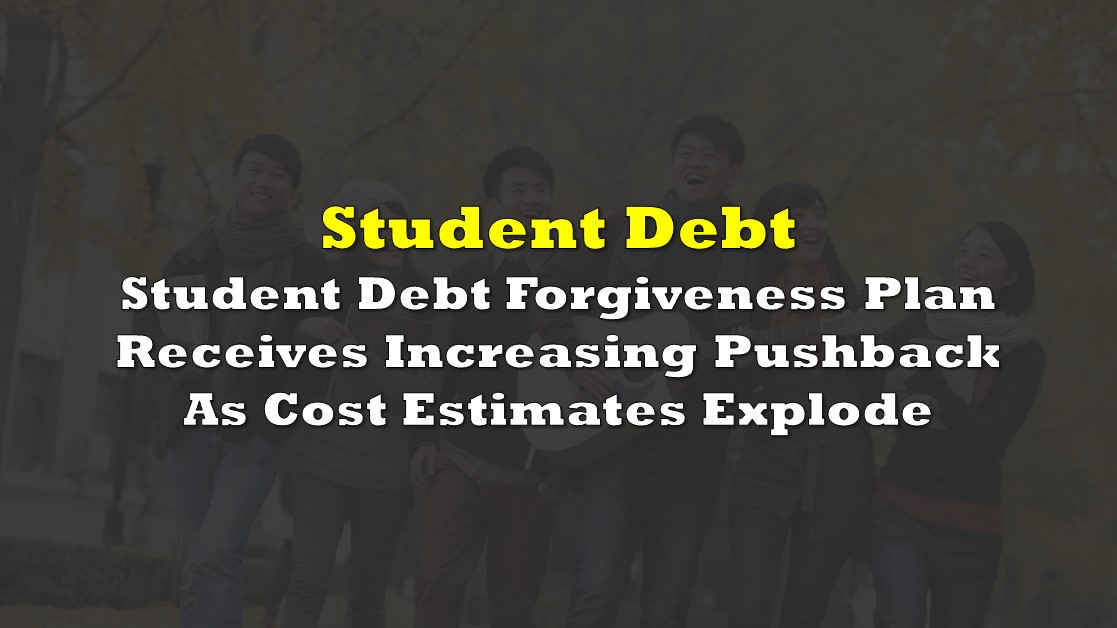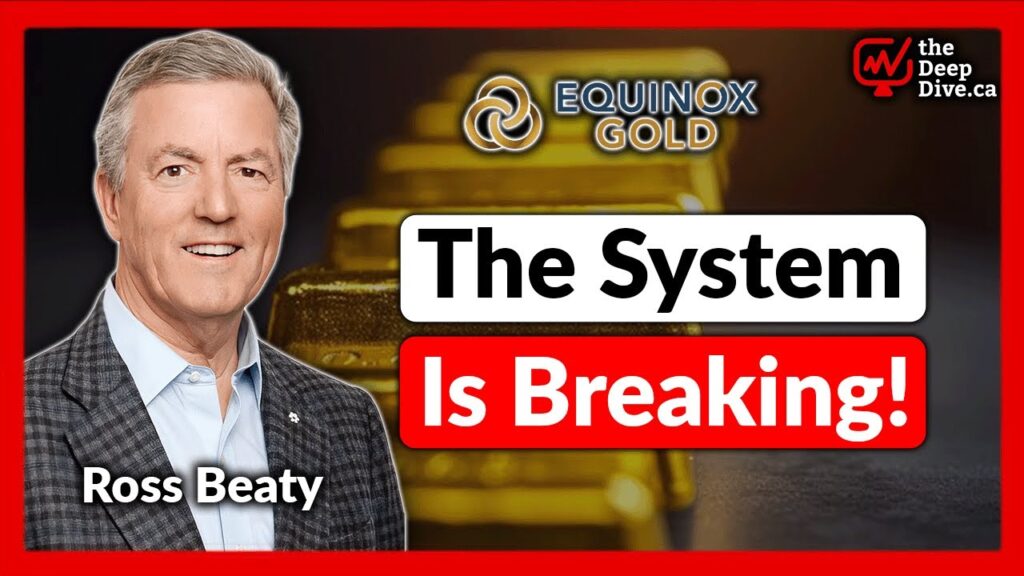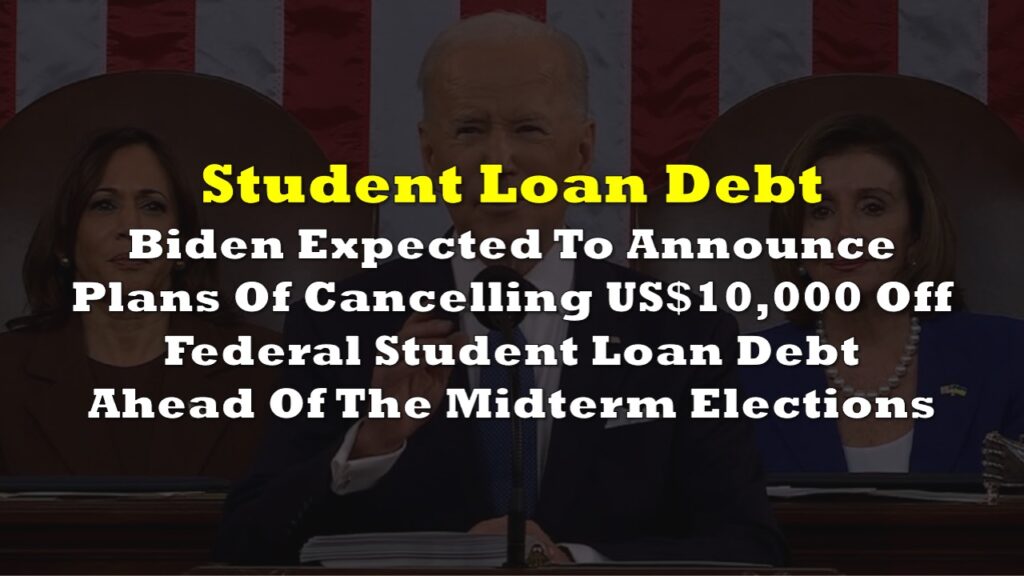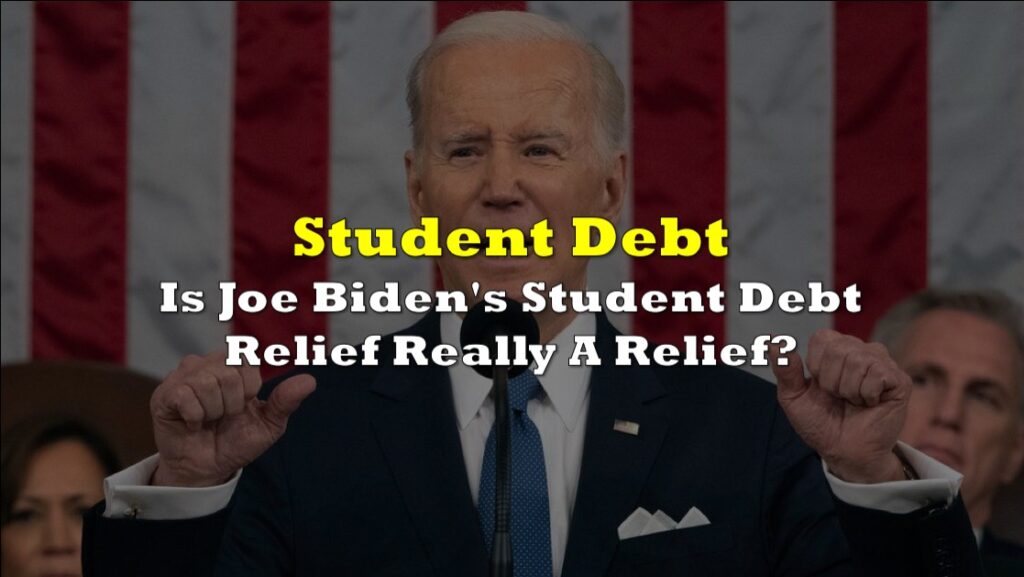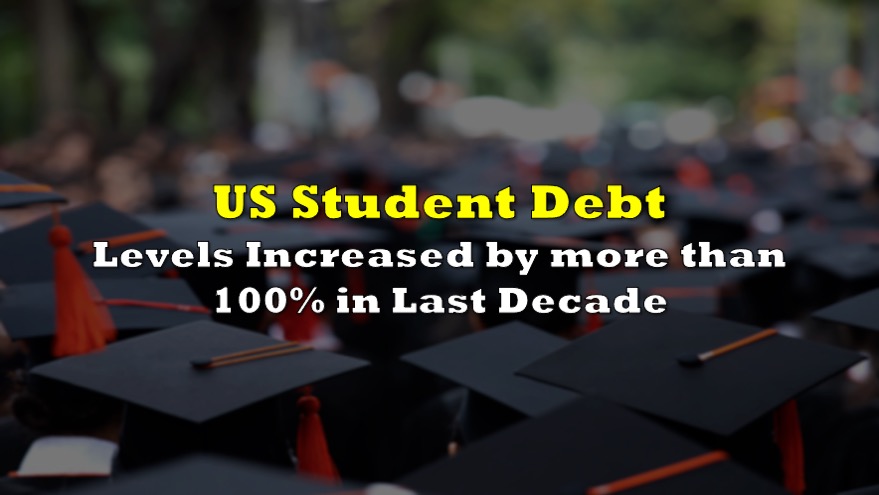U.S. President Biden’s decision to cancel US$10,000 of debt for many student borrowers has drawn criticism from all sides. Conservative politicians and lawmakers question the fairness of the plan for individuals who chose not to attend college or those who had already paid back their debt and suggest it could add at least somewhat to inflationary pressures.
Many progressive politicians and consumer groups believe the amount of debt relief does not go far enough. Moreover, some Democratic lawmakers with a working class constituency are expressing concern that President’s Biden’s decision — and the timing of this decision — highlights a contentious issue just before the key November mid-term elections.
The headline element of the debt forgiveness plan — individuals making US$125,000 or less have US$10,000 of their student debt canceled — sounds fairly innocuous. Even a final four-month delay to January 1, 2023, when both payment and interest accrual forbearance will end, sounds fairly modest.
However, as more details emerge, private economists are raising the estimated costs of the largesse. For example, student loan payments for loans taken out to pay undergraduate education are capped at just 5% of the borrower’s discretionary income. The U.S. government will cover interest payments in excess of that amount; they are not added to the student’s debt balance. In addition, President Biden’s stipulation would forgive any unpaid debt after ten years. Previously, any remaining debt was cancelled only after 20 years of payment history.
As a result, researchers at the University of Pennsylvania’s Wharton School estimates the cost of the debt forgiveness plan could grow to an astounding US$1 trillion over the next decade. To put that figure into perspective, the country’s deficit over the first ten months of the fiscal year ending September 30, 2022 was US$1.814 trillion.
One of the most interesting criticisms of the debt cancellation initiative is a potential establishment of a dangerous precedent where debts would be forgiven for favored borrowers. This represents an extremely slippery slope, and in at least one major democracy such a policy has not worked. As far as back as 1990 and continuing through 2008, and possibly even in more recent years, both India’s federal government and state governments implemented debt relief programs for farmers. Indian media reported that the loan cancellations did not increase agricultural productivity and actually caused farmers to engage in risky behavior without taking into account the full consequences of their actions.
Even worse, emboldened Indian farmers took on more debt than was justified by their productivity. In the end, the debt waivers improved neither household savings nor investment flows.
Information for this briefing was found via Bloomberg and the companies mentioned. The author has no securities or affiliations related to this organization. Not a recommendation to buy or sell. Always do additional research and consult a professional before purchasing a security. The author holds no licenses.

